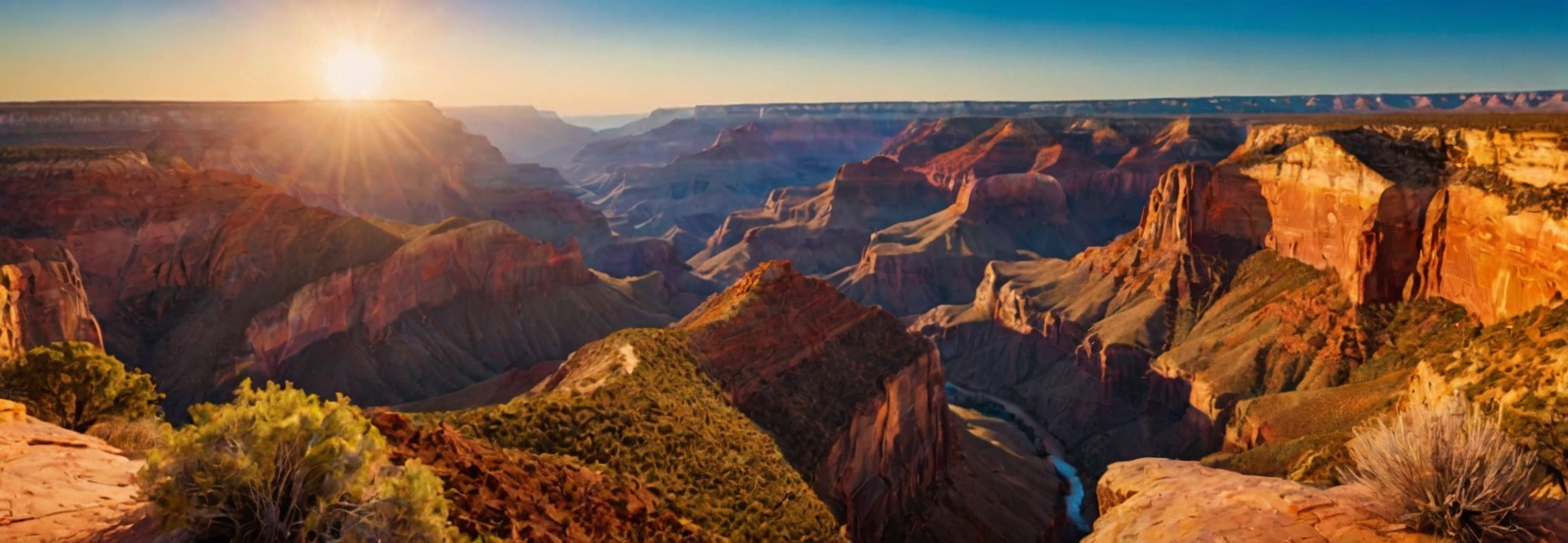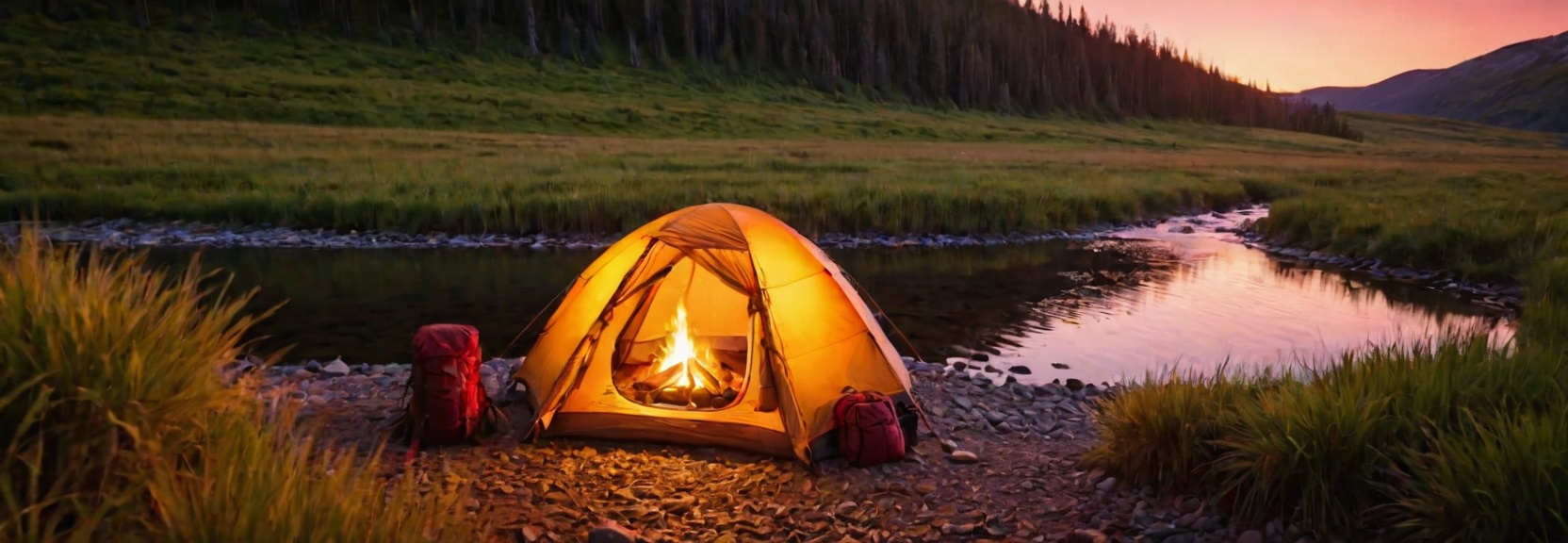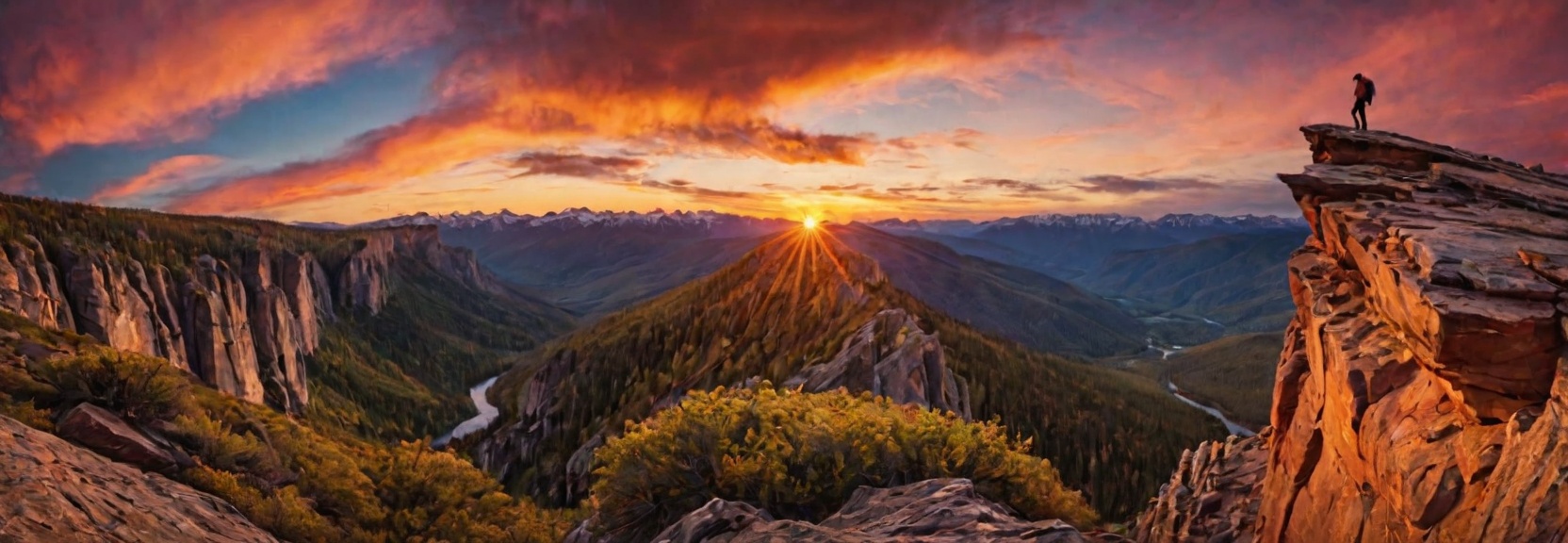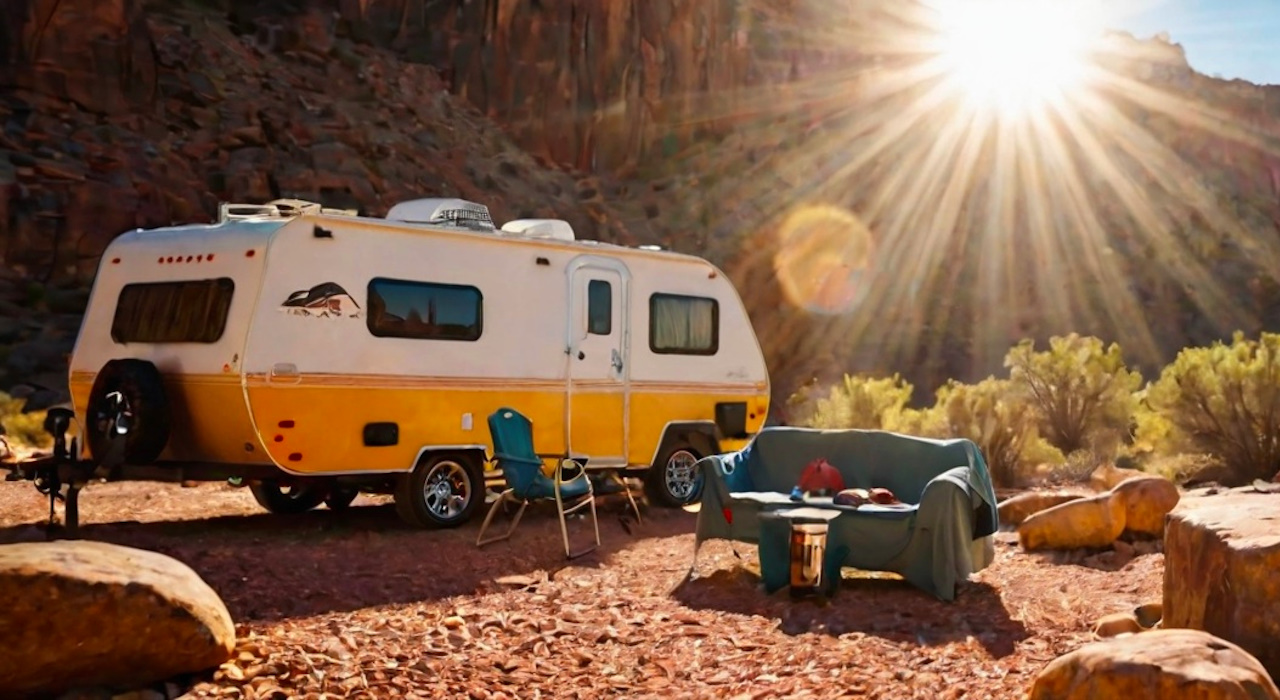- Choosing the right campsite
- Essential gear for solo camping
- Safety tips for beginners
- Building a simple camp setup
- Maximizing solitude and mindfulness in nature
Choosing the right campsite is the foundation of a rewarding solo camping experience. It’s not just about finding a flat spot to pitch your tent; it’s about harmonizing with your surroundings and ensuring both comfort and safety. Start by considering the type of environment that resonates with you. Are you drawn to the serenity of a forest, the openness of a meadow, or the soothing sounds of a lakeside? Each setting offers unique benefits, so trust your intuition.
When scouting for a location, prioritize practicality. Look for level ground to make sleeping easier, and avoid low areas that could flood in case of rain. Proximity to natural resources like clean water sources can enhance your experience, but be mindful of local regulations regarding water use. A site with natural windbreaks, such as trees or boulders, can provide shelter and add to your sense of security.
Safety should always be a top consideration. Ensure your chosen spot isn’t too isolated, especially if you’re new to solo camping. Being within reasonable distance of a trailhead or other campers can offer peace of mind. Additionally, check for potential hazards like dead branches overhead or uneven terrain that could pose risks. Websites like EscapadeEmporium.com offer detailed guides on assessing campsite safety, which can be invaluable for beginners.
Finally, think about the impact of your presence on the environment. Practicing Leave No Trace principles ensures that your campsite remains pristine for future visitors. Choose durable surfaces for setting up your tent, and avoid disturbing wildlife or vegetation. By selecting a site thoughtfully, you not only enhance your own experience but also contribute to the preservation of natural spaces.
Essential gear for solo camping

When it comes to camping alone, the gear you choose can make or break your experience. Packing smart is key—you want to bring everything you need without overburdening yourself. Start with the essentials: a lightweight, weather-appropriate tent that’s easy to set up solo, a compact sleeping bag rated for the season, and a sleeping pad for comfort and insulation.
- Shelter: Opt for a freestanding tent that doesn’t require stakes to stay upright. This makes setup quicker and simpler, especially if you’re new to camping.
- Cooking: A compact cookset with a portable stove is a must. Look for lightweight, reusable utensils and dishes to minimize waste. A single pot that doubles as a bowl or cup can save space.
- Lighting: A solar-powered light or headlamp ensures you can navigate your campsite after dark. Bonus points if it has a red light mode to preserve night vision.
- Navigation: Always carry a waterproof map and a compass, even if you rely on GPS. Technology can fail, and these backups are essential for safety.
- Water: A portable water filter or purification tablets ensure you have access to clean drinking water without carrying heavy bottles.
- Backpack: Choose a backpack with a comfortable harness system and enough capacity for your gear without being oversized. Practice packing it efficiently to distribute weight evenly.
“In nature, nothing is perfect and everything is perfect. Trees can be contorted, bent in weird ways, and they’re still beautiful.” – Alice Walker
Investing in quality gear pays off in the long run. Look for items made from durable, lightweight materials that can withstand the elements. For example, a down sleeping bag might be more expensive upfront, but it’s lighter and more compact than synthetic alternatives. Similarly, a multi-functional tool can replace several individual items, saving space and weight.
Don’t forget to test your gear before heading out. Set up your tent at home, try cooking a meal with your portable stove, and wear your backpack around the house to ensure it’s comfortable. This practice not only builds confidence but also helps you identify any missing items or potential issues.
Lastly, pack for the unexpected. Extra layers of clothing, a first-aid kit, and a small repair kit can be lifesavers in unforeseen situations. Remember, the goal is to be prepared, not overloaded. By thoughtfully selecting and organizing your gear, you create a foundation for a safe, enjoyable, and stress-free solo camping trip.
Safety tips for beginners

Stepping into the wilderness alone can feel daunting, but with the right precautions, it becomes an empowering experience. Safety begins long before you reach your campsite—it starts with planning. Research the area thoroughly, noting weather patterns, wildlife activity, and potential hazards. Apps like AllTrails or Gaia GPS provide real-time updates on trail conditions, while local ranger stations offer invaluable advice on current risks, from sudden storms to bear sightings.
Always share your itinerary with someone you trust. Include details like your planned route, campsite location, and expected return time. If your plans change, update them. This simple step ensures that if something goes wrong, help knows where to look.
When setting up camp, choose a spot that balances seclusion with accessibility. Avoid pitching your tent near animal trails or water sources, as these are high-traffic areas for wildlife. Store food, toiletries, and scented items in a bear-proof container or hang them at least 200 feet from your sleeping area. Even in regions without bears, critters like raccoons or mice can wreak havoc on your supplies.
Fire safety is non-negotiable. Clear a wide perimeter around your fire pit, keep water or sand nearby, and never leave flames unattended. If you’re unsure about local fire regulations, opt for a portable camp stove instead.
Navigation mishaps are a leading cause of emergencies. Carry a physical map and compass as backups to your phone or GPS, and practice using them before your trip. Mark waypoints like streams or rock formations to help retrace your steps. If you do get lost, stay put—wandering increases the risk of injury and makes rescue harder.
Pack a first-aid kit tailored to your needs. Include basics like bandages, antiseptic, and blister treatment, but also consider medications, tweezers for splinters, and an emergency whistle. Know how to use everything in it.
At night, keep a headlamp or flashlight within reach, and familiarize yourself with your surroundings in daylight. Tripping over roots or rocks is a common cause of injuries after dark.
Finally, listen to your instincts. If a situation feels unsafe—whether it’s an approaching storm or an unfamiliar noise—don’t hesitate to adjust your plans. Nature rewards caution as much as courage. By prioritizing preparedness, you create space to fully immerse yourself in the solitude and serenity of solo camping.
Building a simple camp setup

Creating a simple camp setup is all about balancing functionality with ease. Start by organizing your gear in a way that maximizes efficiency and minimizes clutter. Lay out your tent, sleeping bag, and cooking equipment in designated areas to create a sense of order. A well-structured campsite not only enhances your comfort but also makes it easier to find what you need quickly.
Begin with your shelter. Choose a flat, debris-free area for your tent, and lay down a ground tarp to protect it from moisture. Assemble your tent according to the manufacturer’s instructions, ensuring all poles are secure and the rainfly is properly attached. If you’re new to camping, practice setting up your tent at home to avoid frustration in the wild. Once your tent is pitched, arrange your sleeping bag, pad, and any additional comfort items like a pillow or blanket inside.
Next, designate a cooking area at least 10 feet away from your tent to minimize the risk of attracting wildlife. Use a compact cookset with a portable stove, and keep utensils, plates, and food in a designated bag or container. Store food and scented items in a bear-proof container or hang them from a tree branch away from your sleeping area. A small folding table or flat rock can serve as a workspace for meal prep.
Create a “living room” space for relaxing and unwinding. Arrange a couple of lightweight, foldable chairs around a portable fire pit or camp stove. This area can double as your dining spot or a place to stargaze in the evening. If you plan to have a campfire, ensure it’s in a safe, designated area and keep water or sand nearby for emergencies.
For lighting, place solar-powered lanterns or headlamps around your campsite to illuminate pathways and key areas after dark. A headlamp is especially useful for hands-free tasks like cooking or reading. Keep a small stash of emergency supplies, like a first-aid kit and repair tools, in an easily accessible spot.
Here’s a quick comparison of reasons why people camp:
| Reason | Description |
|---|---|
| Relaxation | Escaping the hustle and bustle of daily life to unwind in nature. |
| Family Time | Bonding with loved ones around a campfire or during outdoor activities. |
| Self-Reliance | Building confidence by mastering survival skills and problem-solving. |
| Photography | Capturing stunning landscapes, wildlife, and night skies. |
| Wildlife Observation | Watching animals in their natural habitat and learning about ecosystems. |
| Digital Detox | Disconnecting from technology to reconnect with oneself and the environment. |
For quality gear to support your camping setup, visit EscapadeEmporium.com. They offer a wide range of reliable products to enhance your outdoor adventures.
Maximizing solitude and mindfulness in nature

The quiet hum of the wilderness offers a rare chance to disconnect from the noise of daily life and reconnect with yourself. Solitude in nature isn’t about isolation—it’s about presence. Start by letting go of distractions. Leave your phone on airplane mode, or better yet, stow it in your pack. Instead of scrolling, let your senses guide you: the rustle of leaves, the scent of pine, the way sunlight filters through the trees. These small moments become anchors, grounding you in the here and now.
Mindfulness transforms a campsite into a sanctuary. Try a simple ritual, like brewing tea and savoring it slowly as you watch the sunrise. Or sit by the fire, tracing the dance of flames while reflecting on the day. Journaling can deepen this practice—sketch the landscape, jot down thoughts, or write a gratitude list. The act of putting pen to paper slows your mind, helping you process emotions or ideas that surface in the quiet.
Nature’s rhythm invites you to sync with its pace. Walk without a destination, noticing how the terrain changes underfoot. Pause to watch a bird build its nest or study the patterns of lichen on a rock. These unstructured observations sharpen your awareness and foster a sense of connection. If your mind wanders to chores or worries, gently guide it back to the present by focusing on your breath or the sounds around you.
Embrace discomfort as a teacher. A chilly morning or an unexpected rain shower can be frustrating, but they also remind you of your resilience. Instead of resisting, ask: What can this moment show me? Maybe it’s patience, adaptability, or the simple joy of warmth when the sun reappears.
As night falls, let the darkness envelop you. Without city lights, the stars emerge with startling clarity. Lie back and trace constellations, or listen to the chorus of crickets and owls. This is when solitude feels most profound—a reminder that you’re part of something vast yet intimately connected.
Now, consider your own camping mindset. Do you seek adventure or stillness? Are you energized by challenges, or do you crave the ease of familiar comforts? How does nature shape your thoughts when you’re alone with it? Share your reflections—what kind of camper are you becoming? Let the conversation unfold, and keep nurturing that curiosity for the wild and the wisdom it holds.

Leave a Reply